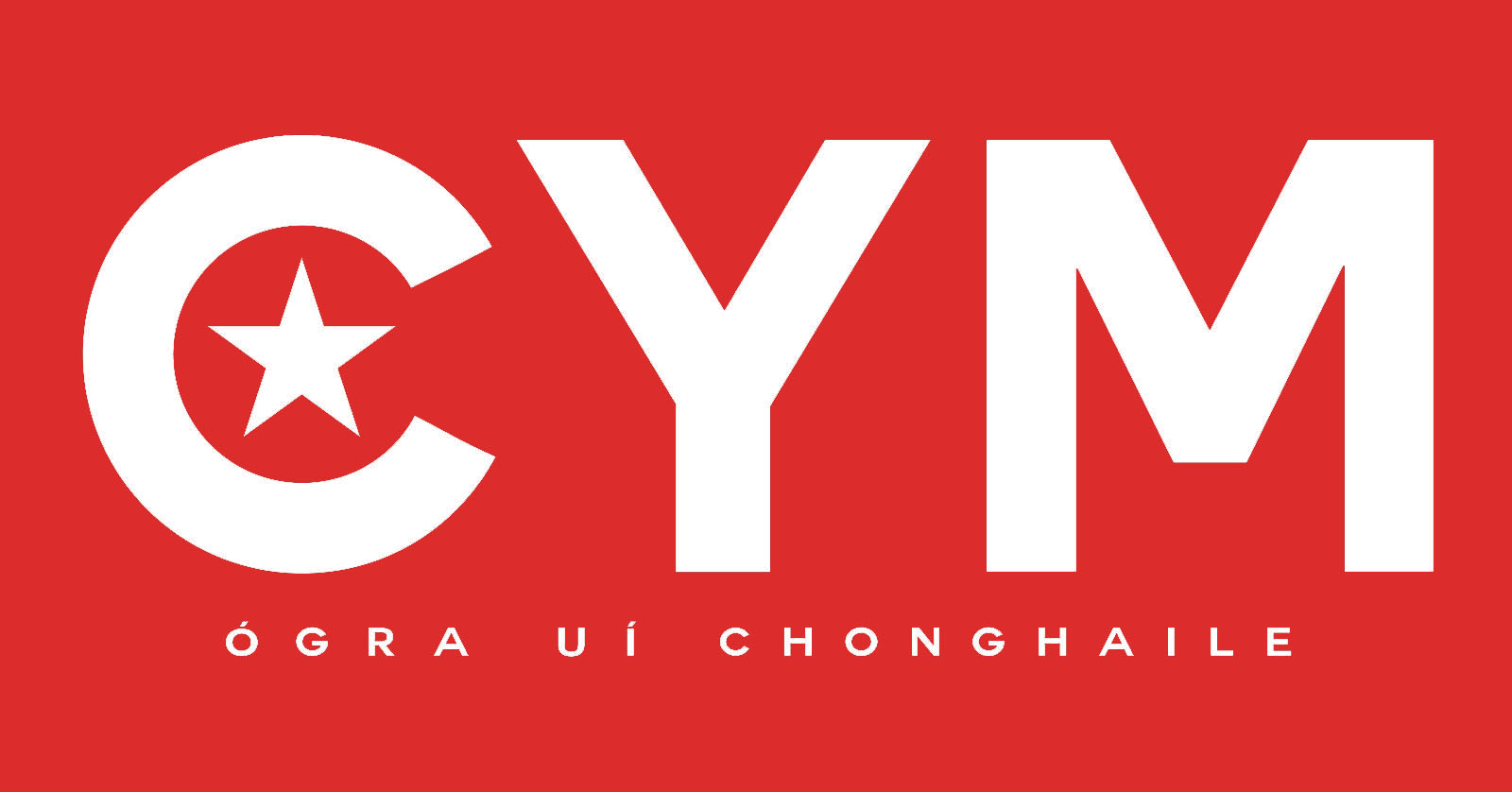SMG, Corcaigh
The recent spate of co-living developments has produced a lively and contentious debate, and as more and more developments pass through the planning system, it can now be seen to have developed into a standard architectural typology. We can now begin to understand the truly insidious nature of these developments, and understand them in relation to architectural history; in particular, it seems they draw uncomfortable parallels to Jeremy Bentham’s Panopticon (1791), and Superstudio’s Twelve Ideal Cities (1971) – hostile architecture designed to control rather than assist inhabitants.
The Dublin Inquirer recently reported on how the new Hendrons Co-Living scheme will be managed, based on planning documents – and the findings are quite shocking. Thermal imaging cameras will be installed, to measure occupants’ body temperature; this data will then be collected and analysed. According to the Management Plan, “anyone displaying a raised temperature will be advised to isolate for a period”. Additionally, the digitised access control system will limit entry to certain parts of the building, based on the number of people in the space.

The property managers, Western Way, will also install CCTV in all access and common areas, to monitor behaviour. This data will also be stored. Far from being unique or an overstep of privacy, this is fast becoming the standard management strategy for urban co-living developments in Ireland. The primary interface for residents is through a smartphone app, ‘HendronsLife Experience’, which allows physical access but also mediates rent payments, the booking of meeting and living rooms, and ‘connecting’ with other residents. Through the jargon of corporate spin, and with Fine Gael’s ideological blessing, these arrangements are being pitched as a cure-all for the woes of the housing crisis.
Antoin Ó Lachtnain, a director of Digital Rights Ireland, has posited to the Dublin Inquirer that “we’re into the trade-off of the constitutional right to the privacy of the home. Is the home going to be a private place anymore or is the privacy being eroded?” Residents of these complexes will be subject to constant and intrusive monitoring, laughing in the face of our constitutional right to “the inviolability of the home“. Ó Lachtnain further questions if behavioural manipulation could become a part of these developments; will bad behaviour result in revocation of gym access? Will good behaviour be rewarded by pizza vouchers?
The Panopticon was an 18th century project for a prison described by Bentham as a ‘mill for grinding rogues honest’; its distinctive circular shape provides a stringent architectural device, described by Michel Foucault as ‘a paradigm for the functioning of the modern ‘disciplining’ society’. A guard is stationed in the dark centre, invisible to the prisoners who occupy backlit cells on the perimeter. The incarcerated person can never know for sure if they are being watched at a given time, and so must constantly and permanently adjust their behaviour so as not to fall afoul of the prisons rules and norms, with no respite or rest from the surveillance.
A recent Guardian article detailed the exclusionary design practices in the new Nine Elms development in London – while the wealthy overseas investors are allowed park on the street, access rooftop swimming pools and luxurious lobbies, the mandated ‘affordable’ section of the scheme features no such perks, and is entered through a dingy ‘poor door’. It is not inconceivable that in the future, the quality of housing available to you will be dependent on the behaviour you exhibit while in your own home – now that the technology is here, it will be hard to remove.
Another interesting architectural precedent is that of the 2,000 Ton City. In 1971, the radical Italian architecture atelier Superstudio published the ‘Twelve Ideal Cities’; this deeply ironic project set out 12 supposed utopias, cities where every need was met, a technocratic ideal. In the 2,000 Ton City, the entire population occupies a cubic cell only just large enough for their body. The walls morph into “a seat capable of moulding perfectly to the human body, even of enclosing it completely“. This cell satisfies all physiological and psychological needs, and brain impulses are transmitted to an analyser on the top of the building. “The analyser selects, compares and interprets the desires of each individual, programming the life of the entire city moment by moment”.

However, if one “indulges in absurd thoughts of rebellion against the perfect and eternal life“, they are rejected. The ceiling will descend with a force of two thousand tons, obliterating the occupant, the wall then becoming an embryo for a new and more compliant lifeform to take residence.
The (sometimes missed) point of this sketch, is that this “description represents cities now… It is enough to carry forward the logic of the system until it becomes rigorous logic, to concretize many more hallucinating fantasies than those described here”. The 2,000 Ton City is the logic of housing in capitalism; and our future prospects look even bleaker, as our subconsciouses and behaviours are further formed by these oppressive relations, completely disregarding our supposed “inviolability of the home”.
Superstudio conclude by asking the reader who rejects these cities, to be reborn with a new revolutionary consciousness, and to ‘descend with a knife under your shirt, to exterminate the spirits, monsters, and demons that infest the Earth’. These demons are capitalism, and I can only join Superstudio in asking you to also reject this unspeakable demon.

Notes.
Seán Finnan, 2021. Developer Plans to Use Thermal-Imaging Cameras in Co-Living Complex. The Dublin Inquirer. Accessible at: https://www.dublininquirer.com/2021/02/03/developer-plans-to-use-thermal-imaging-cameras-in-co-living-complex
Oliver Wainwright, 2021. Penthouses and poor doors. The Guardian. Accessible at:
https://www.theguardian.com/artanddesign/2021/feb/02/penthouses-poor-doors-nine-elms-battersea-london-luxury-housing-development
Superstudio, 1971. Twelve Cautionary Tales for Christmas. Architectural Digest. Accessible at:
http://socks-studio.com/2011/09/17/twelve-cautionary-tales-for-christmas-12-ideal-cities-by-superstudio-1971/

